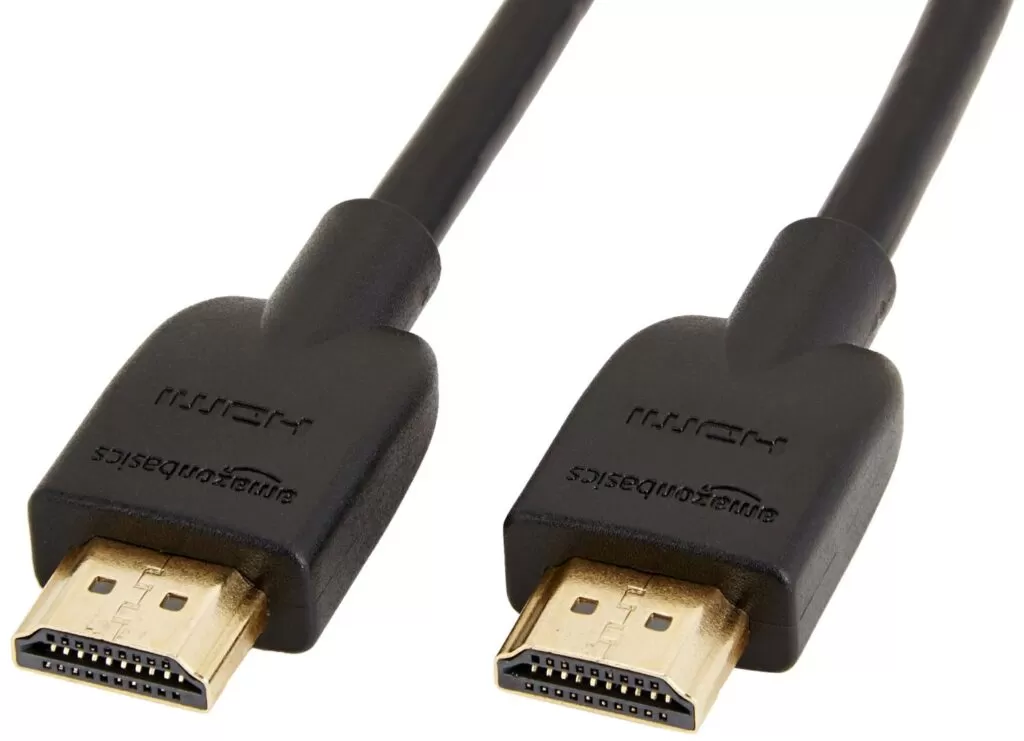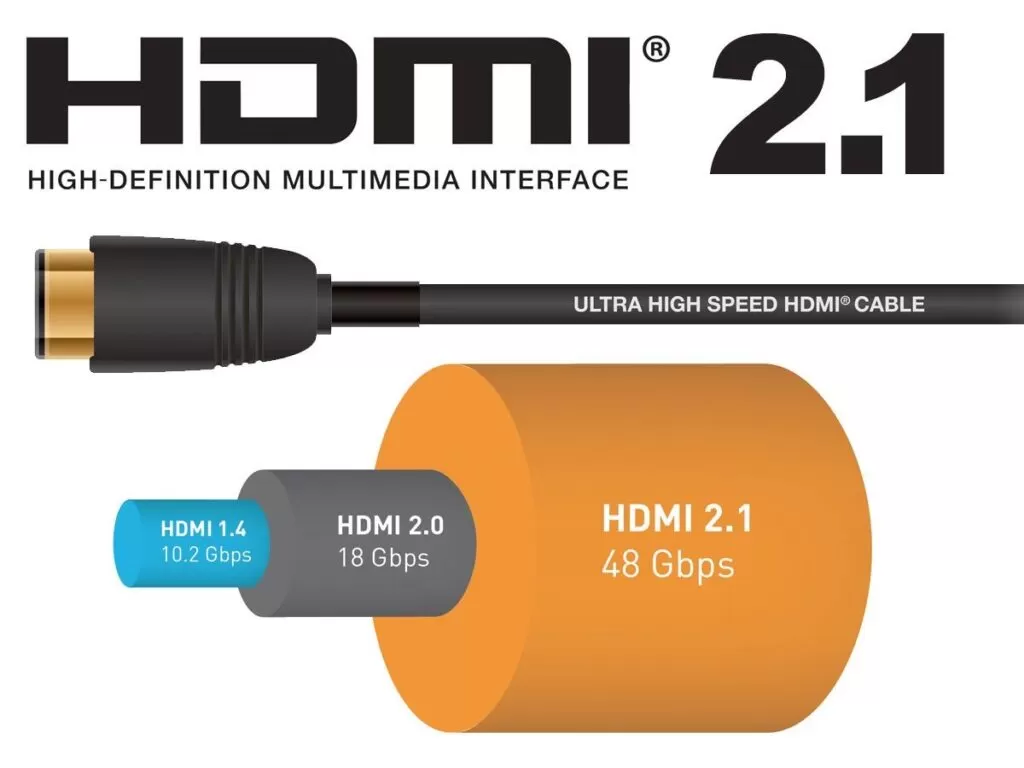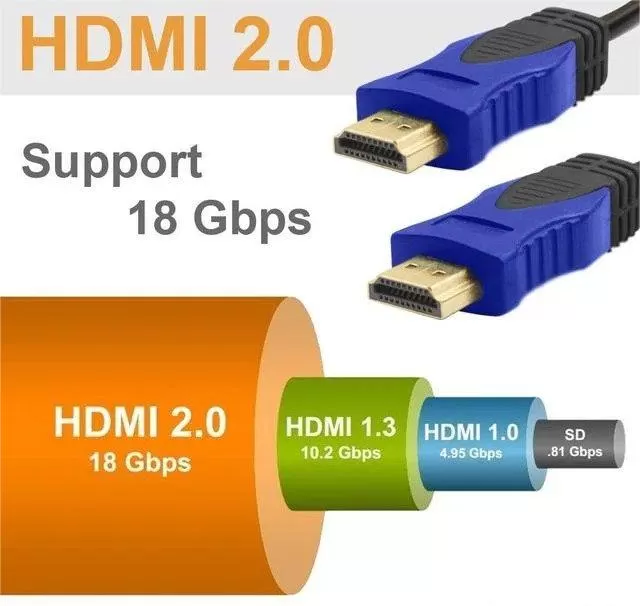What is the difference between HDMI 2.1 and HDMI 2.0? How to choose?

Since the introduction of HDMI technology, it has been widely seen on TVs and other home entertainment devices, and plays an extremely critical role in home theater systems. Especially with the increasing resolution of images and the popularization of audio tracks, the HDMI interface standard is also constantly evolving.
However, unlike consumer electronics, TVs and home entertainment devices are not suitable for major upgrades every year or every two years. Even if upgraded technology appears, it will take months or even years for new features to be widely popularized among brand products and users.
What is the difference between HDMI 2.1 and HDMI 2.0
*
The latest HDMI 2.1 standard naturally surpasses HDMI 2.0. The first big difference between the two is that it supports higher video resolution. HDMI 2.1 can support up to 4K / 120fps or 8K / 60fps image transmission, and can even support 10K resolution display; HDMI 2.0 only supports 4K / 60fps or 8K / 30fps.
By doubling the supported frame rate, HDMI 2.1 supports more dynamic video content, especially the gaming experience will be better. In addition, many game developers are already promoting 120 FPS 4K games, so if you want to use it to play games, you can choose the HDMI 2.1 interface when purchasing.


In addition, HDMI 2.1 is backward compatible with HDMI 2.0. This means that users can continue to use their new TVs with old external devices, and vice versa. Like most interface standards, if you want to fully utilize the full services provided by HDMI 2.1, you will also need a new HDMI 2.1 cable, because HDMI 2.1 48G cables and signal sources are different from the current HDMI 1.4/2.0. Manufacturers need to use new manufacturing methods, and the HDMI Forum also needs to introduce a new certification program to ensure that the cables can work properly at high speeds and support all features.
In general:
1. Bandwidth:
- HDMI 2.0: Offers a maximum bandwidth of 18Gbps, enough to support 4K video and standard audio formats.
- HDMI 2.1: Drastically increases bandwidth to 48Gbps, supporting higher resolutions and refresh rates, including 8K and advanced audio formats.
2. Resolution and Refresh Rate:
- HDMI 2.0: Supports up to 4K @ 60Hz.
- HDMI 2.1: Supports up to 8K @ 60Hz and 4K @ 120Hz, making it ideal for next-gen gaming and high-end displays.
3. HDR (High Dynamic Range):
- HDMI 2.0: Supports static HDR, where brightness and color information remain consistent throughout the content.
- HDMI 2.1: Introduces dynamic HDR, adjusting brightness and colors on a frame-by-frame or scene-by-scene basis, improving picture quality.
4. eARC (Enhanced Audio Return Channel):
- HDMI 2.0: Supports ARC, but only for compressed audio formats.
- HDMI 2.1: eARC enables support for uncompressed audio formats like Dolby Atmos and DTS, enhancing the home theater experience.
5. VRR (Variable Refresh Rate):
- HDMI 2.0: Does not support VRR.
- HDMI 2.1: Supports VRR, minimizing screen tearing and stuttering, especially beneficial for gaming.
6. QMS (Quick Media Switching):
- HDMI 2.0: Lacks QMS.
- HDMI 2.1: Includes QMS, eliminating the black screen when switching between different video modes.
7. ALLM (Auto Low Latency Mode):
- HDMI 2.0: No ALLM support.
- HDMI 2.1: Supports ALLM, which allows compatible devices to automatically switch to low-latency modes, enhancing gaming performance.
Summary:
- HDMI 2.0: Suited for 4K @ 60Hz content with basic HDR and audio features.
- HDMI 2.1: Future-proof with support for 8K video, higher refresh rates, advanced HDR, and superior audio formats, making it ideal for gaming, high-end displays, and home theater setups.
HDMI 2.1 is a significant upgrade, designed for users who need enhanced video and audio capabilities.
*Information comes from TechNave